
In a post-oil era, Oman wants to become a key logistics hub of the world
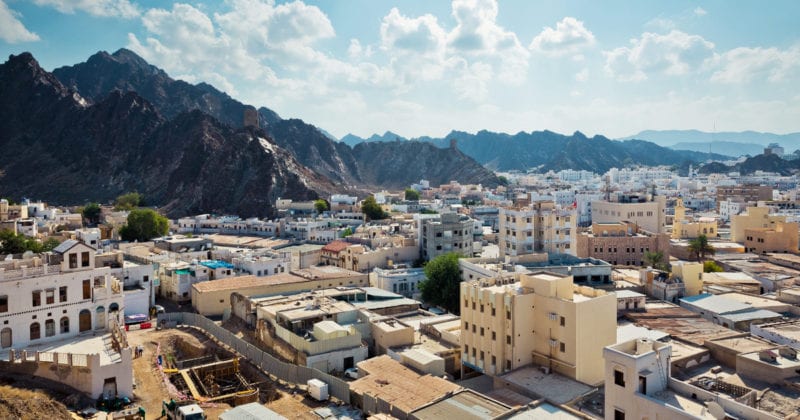
When global oil prices crashed in 2014, dragged down by a massive supply glut amid slowing demand, the oldest independent state in the Arab world took an inevitable hit.
Like many of its neighbors in the Middle East, Oman is a country built on oil.
Oman lost about US$10 billion (€9.1 billion) in revenues in 2015, going by World Bank estimates — a big blow for a small country where oil production had accounted for around 44 percent of its economy between 2011 to 2015.
The Sultanate has struggled to pick up the pieces since. The nation’s budget deficit stands at 9 percent of its gross domestic product (GDP) in 2019, while government debt is more than 60 percent of GDP, and rising. To make matters worse, Oman’s fossil fuel reserves are dwindling.
To reinvigorate the country, Oman’s leaders are driving a complete overhaul of the economy by turning to other sectors for growth.
Pushing past oil
In 2016, Oman unveiled its new National Program for Enhancing Economic Development, or TANFEEDH, which aims to diversify the economy through five high-potential sectors: manufacturing, tourism, mining, fisheries, and transport and logistics.
The goal is to ultimately reduce its over-reliance on oil. Logistics, in particular, is set to play a pivotal role in that journey, according to Ahmad bin Mohammed Al Futaisi, Oman’s Minister of Transport and Communications.
“As soon as there is a dip in oil prices, our GDP goes down as well. Thus, for quite some time now, there has been a focus on diversifying the economy,” Al Futaisi said at a conference last year.
“Logistics is a sector that Oman will depend on to achieve this goal. We want logistics to be a second source of GDP, and for Oman to be global logistics hub by 2040.”
Even before TANFEEDH, the government had singled out the logistics sector as a significant growth driver.
In 2013, it committed to investing US$20 billion into transport infrastructure by 2030, and later published the Sultanate of Oman Logistics Strategy (SOLS 2040), outlining its strategy to ramp up specific forms of support for the industry.
Logistics is already the most significant contributor to Oman’s economy after hydrocarbons, contributing US$2.8 billion to its GDP in 2018. This figure is projected to triple by 2020, and hit US$36.4 billion in 2040.
The sector clocked the highest growth rate of 33 percent among that of the Gulf Cooperation Council (GCC) countries, which include Saudi Arabia, Kuwait, the United Arab Emirates, Qatar and Bahrain.
But Oman is still a long way from establishing itself as a regional powerhouse. Its share of total logistics activity in the region has remained low at just 2.1 percent.
The sector has been buffeted by challenges such as inadequate capacity in its ports and poor land connectivity with other GCC countries, consultancy Frost & Sullivan said in a report.
Inefficient logistics infrastructure, especially outside the urban areas, and a shortage of skilled logistics labor, could also put a cap on the sector’s potential if not addressed.
Building public-private partnerships
Beyond government-led efforts, the private sector also has a crucial role to play when it comes to developing Oman’s logistics landscape into a highly competitive industry.
As Oman’s Sultan Qaboos bin Said had written in the 2017 Tanfeedh program handbook: “In order for our hopes and ambitions to be fulfilled, and our plans and programs to be successful, it is necessary that all Omanis have to cooperate; on top of them is the private sector, with the various authorities… to implement future plans and programs.”
In 2016, as part of SOLS 2040, the government established Asyad, a holding company responsible for galvanizing the private sector to drive logistics growth.
One strategic project at the heart of its efforts is the Duqm Special Economic Zone — the largest of its kind in the world. It will feature several developments such as the upcoming Duqm Port, a joint venture between the Omani government and Consortium Antwerp Port, an airport, and a rail freight and passenger network that will link Duqm with a national and GCC-wide rail system.
To tap on the rapid expansion in Oman, DHL Global Forwarding Oman recently opened an operational office in Duqm — its fourth in the country after Muscat, Salalah and Sohar.
“Duqm is a strategic location for logistics. Establishing a presence here will better connect the Sultanate to our global logistics network,” said Roy Scaria, Country Manager, DHL Global Forwarding Oman.
In line with the government’s diversification, DHL Global Forwarding Oman plans to concentrate on supporting three emerging sectors, namely military logistics, the perishables market and the garment manufacturing industry.
Scaria believes that public-private collaboration will help to accelerate progress in Oman’s burgeoning logistics industry.
His regular dialogues with relevant government officials, for instance, have paved the way for pre-clearance to be trialed. This means goods can be cleared before they arrive, smoothening the process.
“It has really simplified the way we do business,” he said.
At the same time, Oman’s strategic location and political neutrality are strengthening its case as a transport hub, while investments into infrastructure developments continue to unlock new opportunities.
In May, a new Oman-Saudi road was opened to facilitate regional trade, while Omani Rail in June entered into talks for a “Mineral Line” that will allow commercial players to move goods across the country. The government is also exploring 10 potential spots for new docks, in addition to the current four.
“With the support of Asyad, the government has also upgraded and built ports, airport facilities, new roads, and opened up new free zones,” said Scaria.
“All of this has really boosted the logistics industry. It will push the potential of Oman even further.”
ALSO WORTH READING

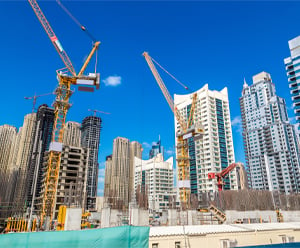
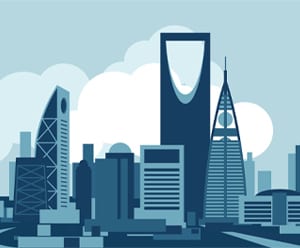




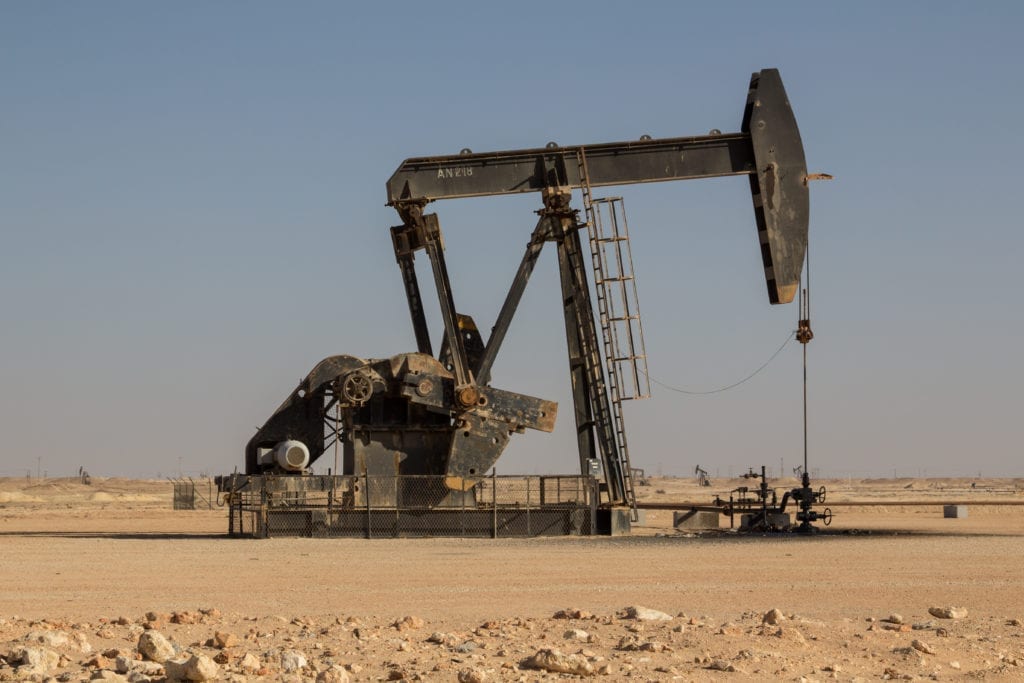
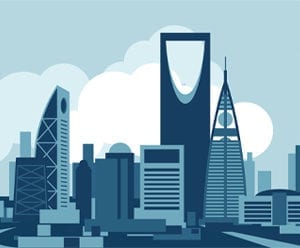
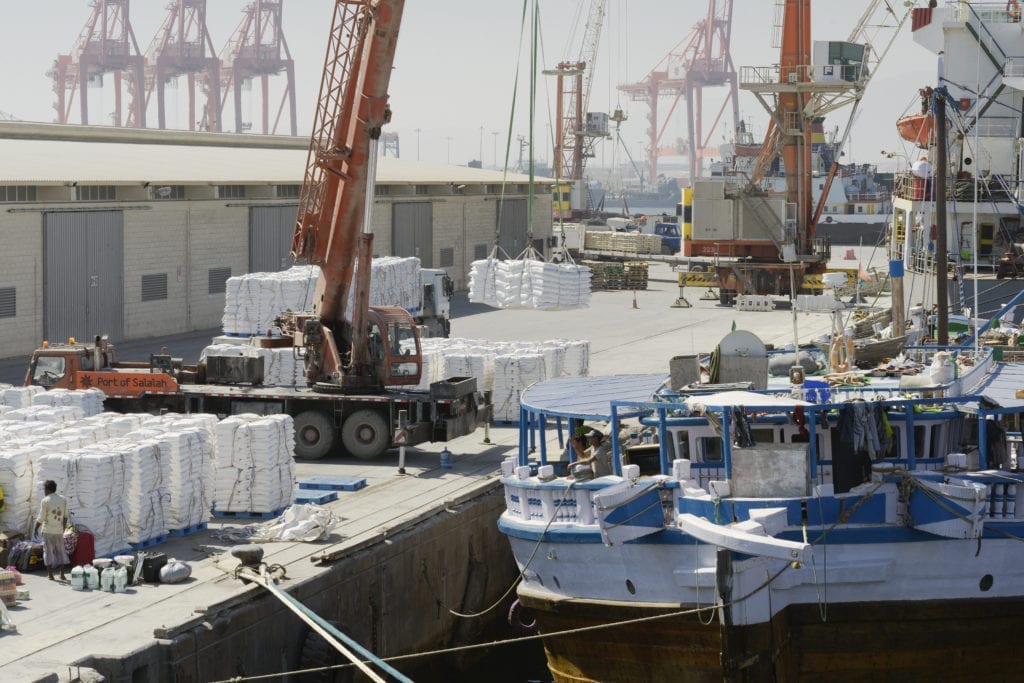




 English
English